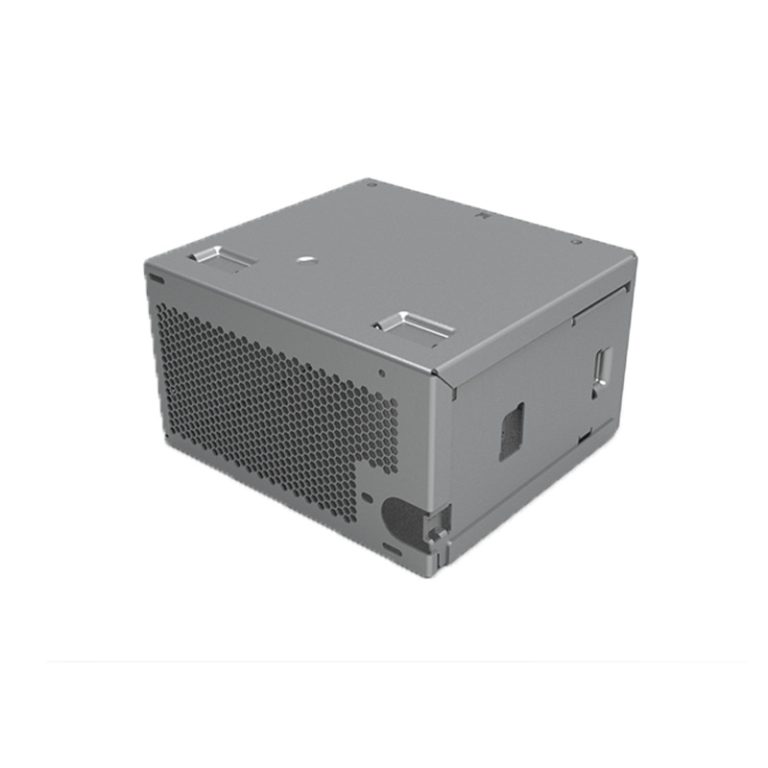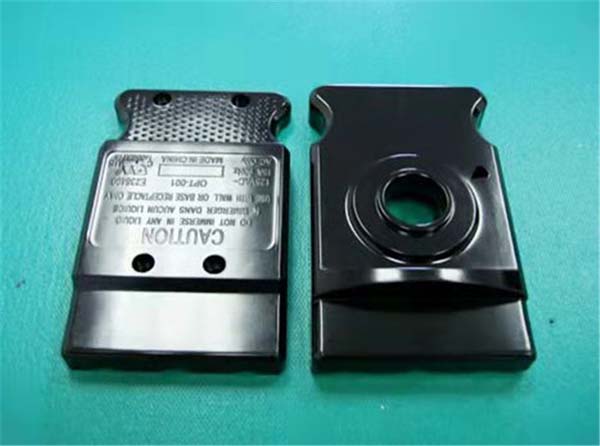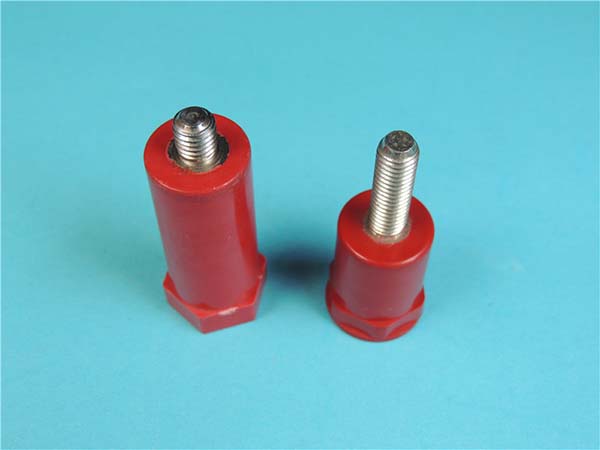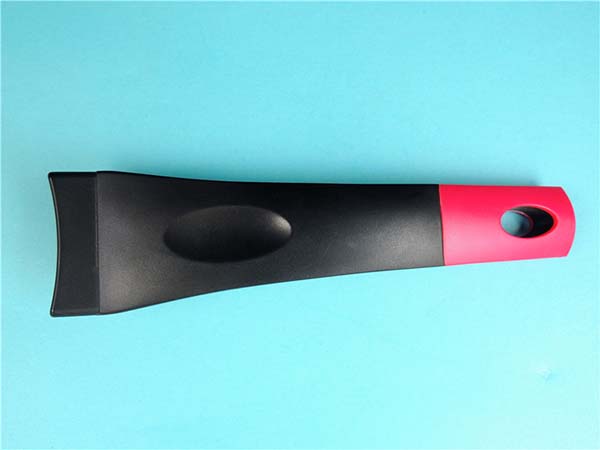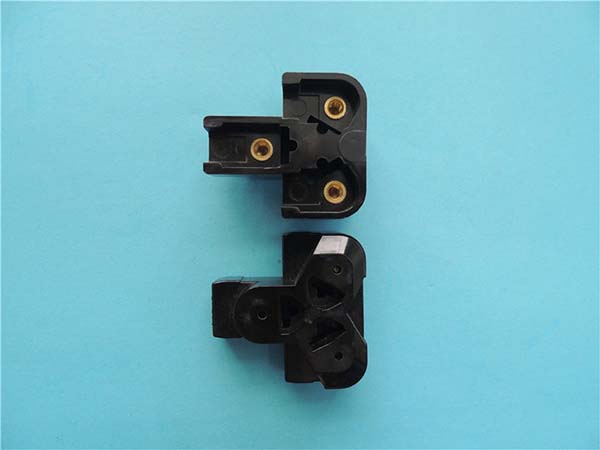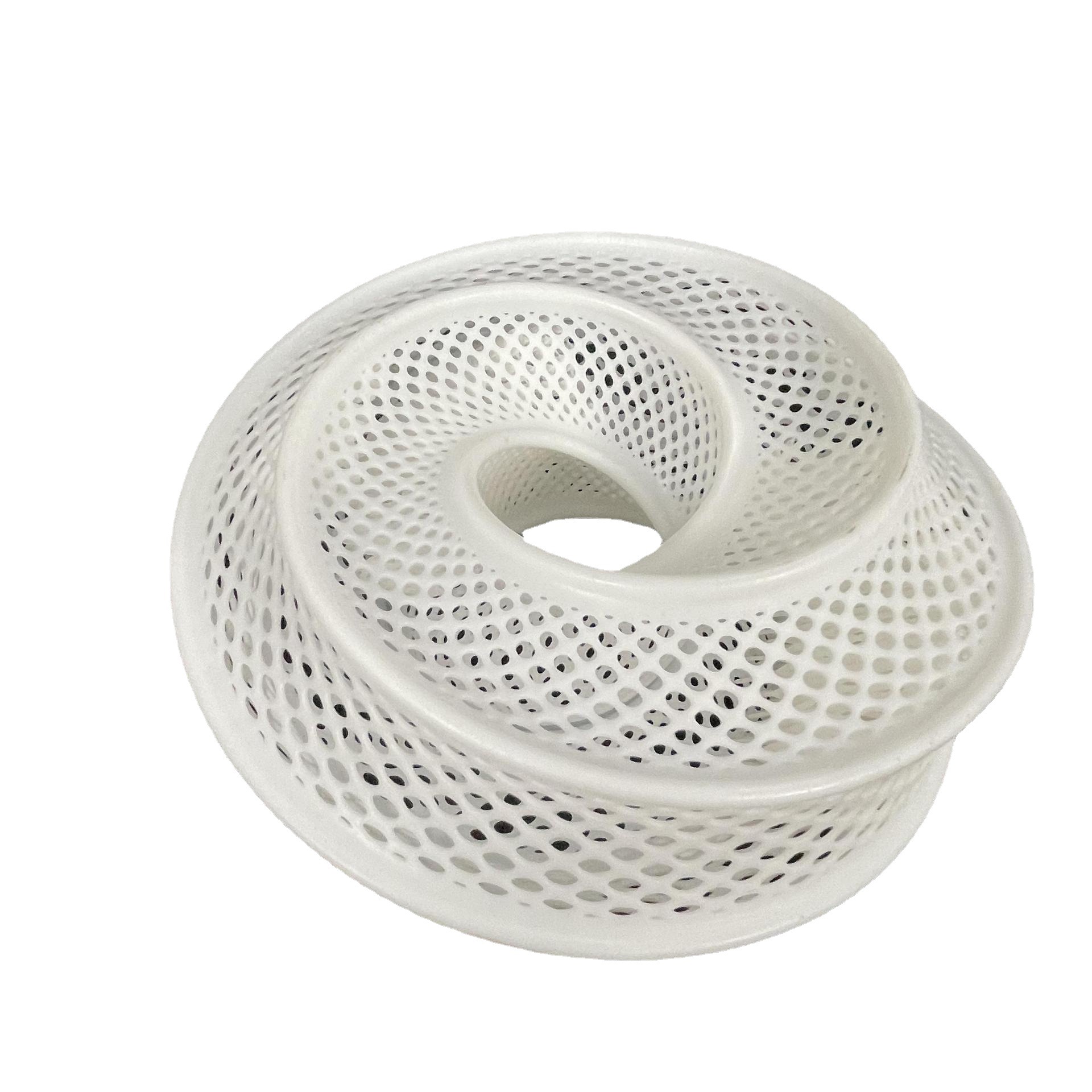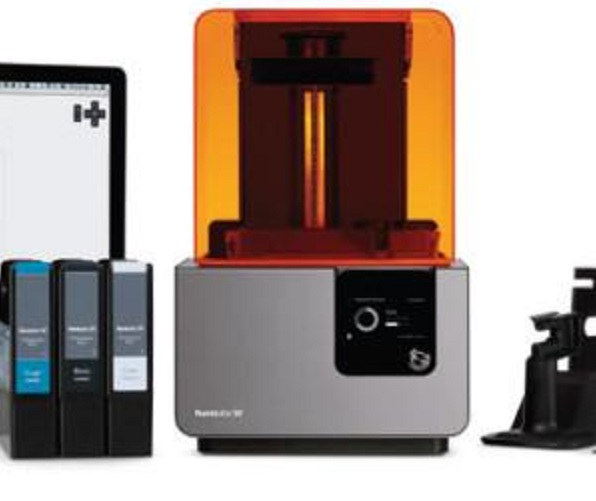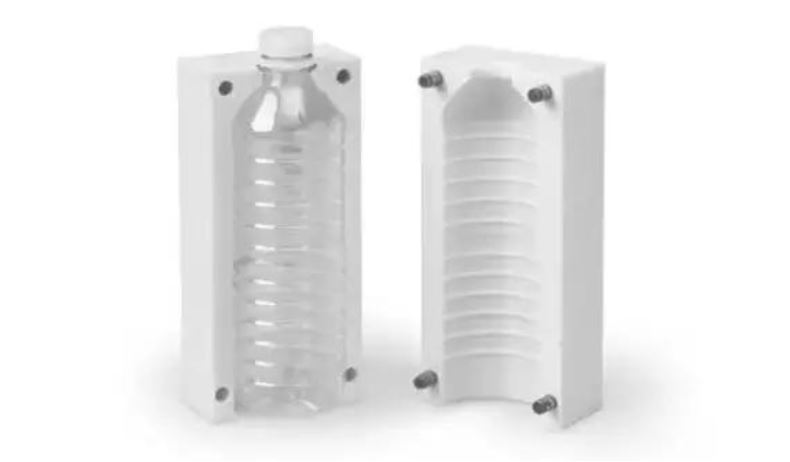What is 3D Printing?
3D printing, also known as additive manufacturing, is a revolutionary technology that has been transforming the manufacturing landscape in recent years. It involves creating three-dimensional objects by adding material layer by layer, based on a digital model file. This stands in stark contrast to traditional manufacturing methods, which typically involve subtractive processes like cutting, milling, or carving away material from a larger block, or formative processes that reshape materials like molding plastics.
For instance, in traditional subtractive manufacturing, if you want to create a metal part, you might start with a large metal block and then use various cutting tools to remove the excess material until you get the desired shape. This often results in a significant amount of material waste. In 3D printing, however, the printer lays down the material precisely where it's needed, layer by layer, building up the object from the ground up. This not only reduces material waste but also allows for the creation of complex geometries that would be extremely difficult or even impossible to achieve with traditional methods.
The process begins with a 3D model, which can be created using computer-aided design (CAD) software, 3D scanning of an existing object, or even obtained from online repositories. Once the model is ready, it is sliced into thin layers by specialized software. These slices are then sent to the 3D printer, which reads the instructions and deposits the material accordingly. The materials used in 3D printing can vary widely, including plastics like PLA (polylactic acid) and ABS (acrylonitrile butadiene styrene), metals such as aluminum and titanium, ceramics, and even some more exotic materials like conductive filaments for electronics or biocompatible materials for medical applications.
How Does 3D Printing Work?
The Process of 3D Printing
3D printing involves a series of well - defined steps. First and foremost is modeling. This is the stage where the digital blueprint of the object is created. There are multiple ways to generate this model. You can use CAD software, which allows for precise design and modification. For example, engineers use CAD to design complex mechanical parts with exact dimensions. Another option is 3D scanning, which is handy when you need to replicate an existing object. By scanning a physical item, you can obtain its 3D data and create a digital model.
Once the model is ready, slicing comes into play. Specialized slicing software takes the 3D model and divides it into extremely thin layers. This is a crucial step because it determines how the printer will deposit the material layer by layer. During slicing, various parameters can be adjusted, such as layer thickness, fill density, and the type of support structures (if needed). A thinner layer thickness generally results in a smoother surface finish but increases the printing time, while a higher fill density makes the object more solid and durable.
The printing process is where the magic happens. The 3D printer reads the sliced file and starts depositing the material according to the instructions. For FDM printers, a heated nozzle extrudes melted plastic filament, layer by layer, to build the object. In SLA printers, a laser cures a liquid resin layer by layer. As the layers are added, the object gradually takes shape.
After the printing is complete, post - processing is often necessary. This can include removing support structures, which were used to hold up overhanging parts during printing. Sanding, polishing, or painting may also be done to improve the object's surface finish, strength, or appearance. For instance, a printed metal part might be heat - treated to enhance its mechanical properties.
Different 3D Printing Technologies
There are several mainstream 3D printing technologies, each with its own characteristics. Here is a comparison of some of the most common ones:
| Technology | Principle | Materials | Advantages | Disadvantages |
| FDM (Fused Deposition Modeling) | Melts a thermoplastic filament and extrudes it layer by layer through a nozzle | PLA, ABS, PETG, etc. | Low cost, easy to use, wide range of available materials | Low precision, rough surface finish, slow printing speed |
| SLA (Stereolithography) | Uses a laser to cure liquid photopolymer resin layer by layer | Photopolymer resins | High precision, smooth surface finish, suitable for complex geometries | High - cost equipment and materials, resin is often toxic, requires support structures |
| 3DP (Three - Dimensional Printing) | Sprays a binder onto powder materials (such as ceramic, metal, or plastic powder) to form layers | Powder materials like ceramic powder, metal powder, plastic powder | Can print in color, fast printing speed, suitable for complex internal structures | Low strength of the printed object, relatively low precision, needs post - processing to increase strength |
| SLS (Selective Laser Sintering) | Sinter powder materials (such as nylon, metal powder) layer by layer using a laser | Nylon, metal powder, polycarbonate, etc. | Can use a variety of materials, high - strength parts, no need for support structures | High - cost equipment, long processing time, rough surface finish, sintering process may produce odors |
What Are the Applications of 3D Printing Services?
3D printing services have a vast range of applications across multiple industries, revolutionizing the way products are designed, prototyped, and produced. Here are some of the most significant application areas:
In the Medical Field
In the medical field, 3D printing has opened up new frontiers. For instance, it is now possible to create customized prosthetics that fit patients perfectly. Take the case of E-nable, an organization that has been using 3D printing to produce affordable prosthetics for those in need. Since 2013, they have donated hundreds of 3D-printed prosthetics worldwide, providing a more accessible option compared to traditional, expensive prosthetics.
3D printing is also used for manufacturing implants. A patient in India suffering from a rare cancer that affected his sternum and ribs received a new lease on life when doctors at Manipal Hospital used 3D printing to create a customized titanium alloy implant. The implant was designed to fit his unique anatomy, ensuring a successful surgery and recovery. What's more, researchers are making progress in 3D printing organs. Although full - scale organ printing for transplantation is still in the experimental stage, significant steps have been taken. Scientists have managed to 3D print simple organs like bladders, which have been successfully implanted in patients, bringing hope to those waiting for organ transplants.
In the Manufacturing Industry
In the manufacturing industry, 3D printing offers numerous advantages. It is widely used for rapid prototyping. For example, an automotive company can use 3D printing to quickly create a prototype of a new car part. This reduces the time and cost associated with traditional prototyping methods, which often involve complex tooling and long lead times. In the production of end - use parts, 3D printing allows for the creation of complex geometries that are difficult or impossible to achieve with traditional manufacturing. Aeronautical engineers can 3D print lightweight yet strong components for aircraft, reducing the overall weight of the aircraft and improving fuel efficiency. According to a study, in some cases, 3D - printed parts can be up to 50% lighter than their traditionally manufactured counterparts while maintaining the same strength.
In Other Fields
3D printing also finds applications in architecture, where it can be used to create detailed building models. These models help architects visualize their designs better and communicate ideas to clients more effectively. In education, 3D printers are being used in schools and universities to bring theoretical concepts to life. For example, students can 3D print historical artifacts or anatomical models, enhancing their learning experience. In the art world, artists are using 3D printing to create unique sculptures and art pieces. They can explore complex and intricate designs that would be challenging to create using traditional art techniques. In the jewelry design industry, 3D printing enables the creation of highly detailed and customized jewelry. Designers can quickly produce prototypes and then manufacture the final products, reducing production time and allowing for more creative freedom.
Why Choose Professional 3D Printing Services?
Expertise and Experience
Professional 3D printing service providers possess in - depth knowledge and extensive experience in the field. They have a profound understanding of different materials used in 3D printing. For example, they know that PLA is a popular choice for beginners due to its ease of use, biodegradability, and relatively low cost, while ABS offers higher strength and heat resistance, making it suitable for more demanding applications. In terms of design optimization, they can use advanced software to analyze and modify 3D models. They can identify and correct potential design flaws, such as overhanging structures that may cause printing problems, and optimize the model to reduce printing time and material consumption.
When it comes to process control, their experience shines through. They are well - versed in adjusting printing parameters like layer thickness, printing speed, and temperature for different materials and models. A skilled operator can ensure that the printer deposits the material precisely, resulting in high - quality prints. According to a survey of 3D printing service providers, over 80% of them have been in the business for more than 3 years, and they handle an average of 50 different projects per month, which significantly contributes to their expertise.
Cost - effectiveness
Investing in a high - quality 3D printer can be costly. A basic desktop 3D printer suitable for home use can cost anywhere from a few hundred to a couple of thousand dollars, while industrial - grade 3D printers can range from tens of thousands to hundreds of thousands of dollars. Additionally, there are costs associated with software, maintenance, and training. For instance, the training for operating an industrial - grade 3D printer can cost up to $5,000 per person.
In contrast, using 3D printing services can be more cost - effective, especially for small - batch production. A study comparing in - house 3D printing and using service providers found that for producing less than 100 units of a product, using a 3D printing service was on average 30% cheaper. This is because service providers can spread their fixed costs (such as equipment, software, and workspace) across multiple clients. They also have better access to bulk - priced materials, reducing the per - unit material cost. For example, if you need to print 50 custom - designed plastic parts, instead of spending a large amount on a 3D printer and dealing with potential maintenance issues, you can simply outsource the work to a service provider at a much lower cost.
Quality Assurance
Professional 3D printing services have strict quality control processes in place. Before printing, they conduct thorough checks of the 3D model to ensure there are no errors or issues that could affect the print quality. They also perform regular calibration of their 3D printers to guarantee accurate and consistent results. During the printing process, they monitor various parameters in real - time. For example, they use sensors to track the temperature of the print head and the build platform to prevent overheating or under - heating, which could lead to warping or poor adhesion of the layers.
After the printing is completed, they conduct comprehensive quality inspections. They use measurement tools like calipers and 3D scanners to check the dimensions of the printed object, ensuring it meets the design specifications. They also visually inspect the surface finish for any defects such as rough spots, voids, or layer delamination. A leading 3D printing service provider claims that their quality control process reduces the defect rate to less than 5%, ensuring that clients receive high - quality products.
Yigu Technology's View
As a non - standard plastic metal products custom Supplier, Yigu Technology highly values 3D printing services. In the realm of customized production, 3D printing plays a crucial role. It allows for the creation of highly customized non - standard parts with complex geometries that are otherwise difficult to achieve through traditional manufacturing methods. For example, when producing a unique plastic housing for a special - purpose device, 3D printing can quickly turn the design into a physical product, reducing the time and cost associated with developing custom molds in traditional manufacturing.
Moreover, Yigu Technology believes in the potential of integrating 3D printing with traditional manufacturing. This combination can bring out the best of both worlds. Traditional manufacturing methods are excellent for high - volume production with high precision in simple shapes. By contrast, 3D printing is ideal for small - batch production and creating complex prototypes. Combining them can lead to more efficient production processes. For instance, some parts can be 3D - printed for their complex internal structures, and then finished or assembled using traditional manufacturing techniques, improving both the quality and production speed. This synergy between 3D printing and traditional manufacturing can drive innovation and competitiveness in the non - standard plastic and metal products market.
